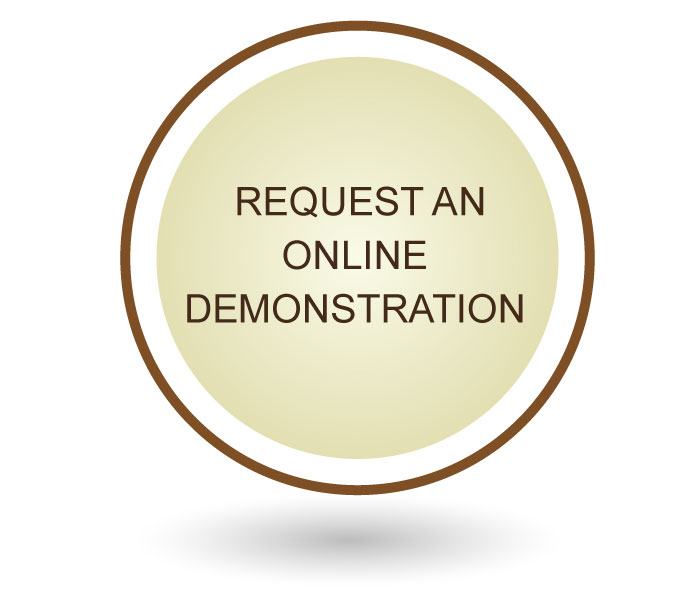Cataloging System For Private Collections

 A significant part of the national and world heritage is in the hands of private collectors. They also need a solution to manage their valuable collections – to create records, administer documentation, and execute other activities. They need a system, which will allow them to register new items and to categorize them in the comfort of their living rooms.
A significant part of the national and world heritage is in the hands of private collectors. They also need a solution to manage their valuable collections – to create records, administer documentation, and execute other activities. They need a system, which will allow them to register new items and to categorize them in the comfort of their living rooms.
Purpose
The product could be used for description, cataloging, storing and visualization of private collections of different types and sizes.
Use
This use turns the cataloging system into useful tool for:
• private collections owners;
• managers of private collections;
• the team, responsible for the maintenance of the private collections;
• museums, galleries, libraries, archives, municipalities;
• other private collectors;
• scientists and researchers;
• students and tutors.
Brief description
The entering of data in the information system is a one-time process. The data is administered by centralized and socialized web platform with clear and user-friendly interface.
The entered items (documents, pictures, videos, etc.) are systematically ordered, along with their location, according to the user’s needs and preferences.
The searching process in the computerized catalogue is extremely easy – it could be made by certain criteria, such as title, reference ID, type, name, etc. These options allow the requested information to be found quickly and effectively, at the same time eliminating the possibility of buying another item - replica of the searched one – for example, a rare book or photography.
Groups of objects could be formed in the administrative part of the application, which later on could be used to form a gallery. The collections could be accessed at any time and can be viewed in the form of slide show.
Results:
The use of a digital catalogue significantly facilitates all activities, connected with the administration of private collections:
• entering new records and publications;
• viewing certain item or publication;
• inventorying the whole collection;
• structuring the whole collection;
• storing and taking care of the items;
• entering and editing information;
• networking and creating relationships with other owners of private collections or cultural and historical institutions;
• displaying the collections and enhancing their significance.